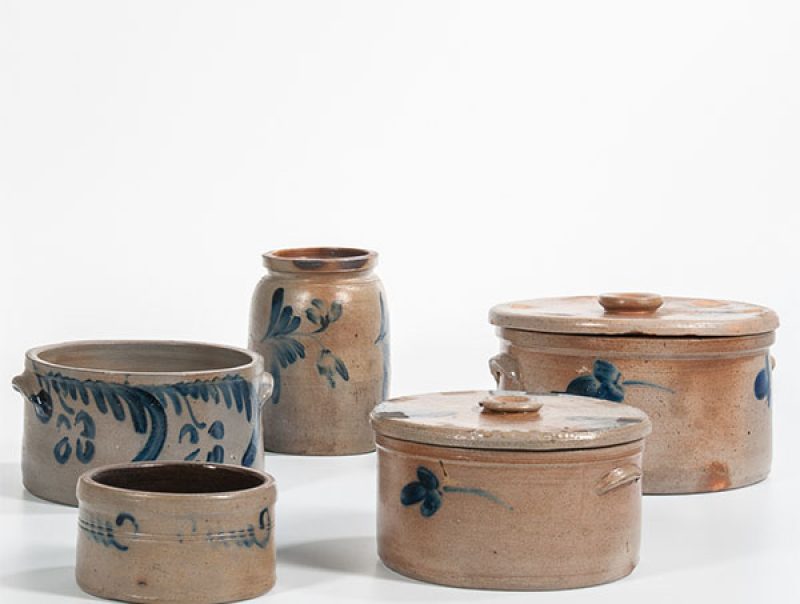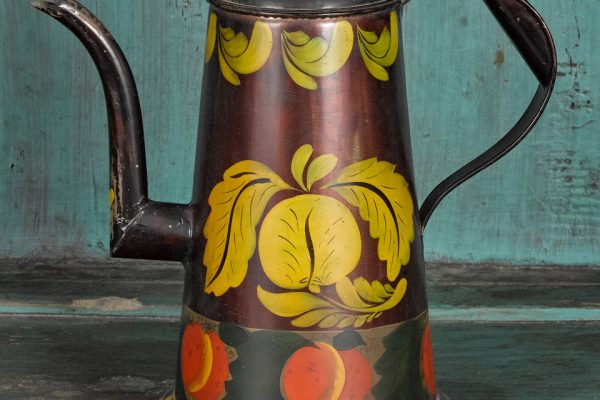The article was originally written by Asra Shaheen for Bidsquare publication
Americana folk pottery, including a vast variety of stoneware and crockerpots, is a slice of an enriching earthy experience. Today, Americana pottery has evolved from the utilitarian needs of everyday life into a symbol of cultural heritage.
Americana folk pottery, including a vast variety of stoneware and crockerpots, is a slice of an enriching earthy experience. Just like the other folk art forms, Americana pottery emerged from the utilitarian needs of everyday life. In North America, pottery began more than 1,000 years before its advent in Mexico. Archeologists discovered ceramic pots dating back to 2,890 BCE in the Savannah River valley in Georgia and South Carolina, whereas cooking vessels from the Norwood and Orange in Florida belong to 2,460 BCE. Coiling is the most widely used technique of handcrafting ceramics historically. Rolled into thin, long strands, coiled one upon another, each pot was handcrafted without the use of wheel. Handmade by women folk of the aboriginal communities, the coils are blended together, leaving no trace of demarcation or deviation in thickness. Hohokam potters of the Southwest America used paddle-and-anvil technique. The interior wall of a pot was reinforced by an anvil, whereas the exterior was beaten with a paddle to flatten the surface. Each piece was decorated with hand or stencil. Potter’s wheel was a European introduction much later and is used even to this day only by a few artists.

The article was originally written by Asra Shaheen for Bidsquare publication. Click this link to read the full article. Bidsquare


